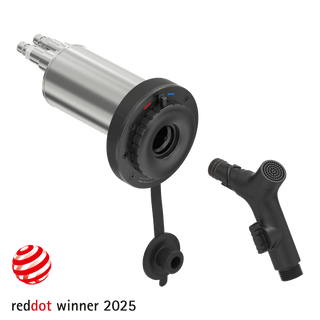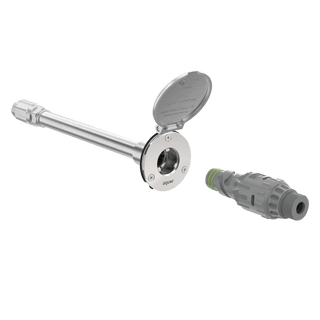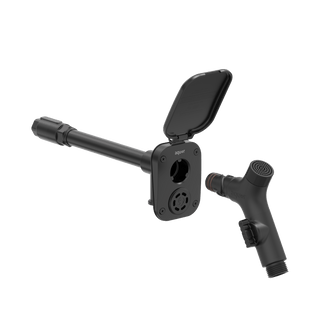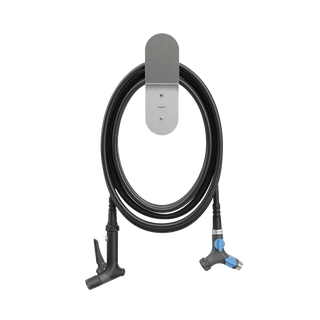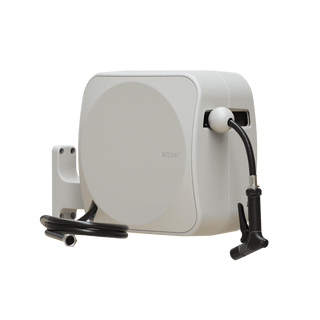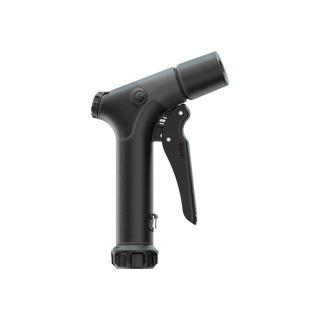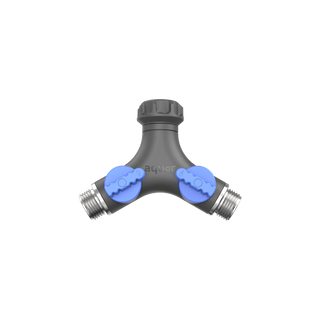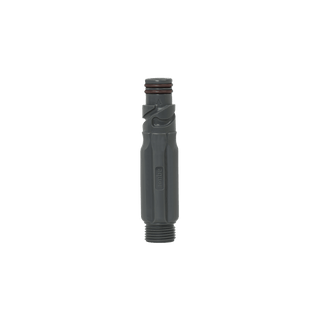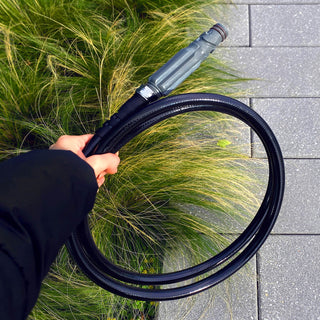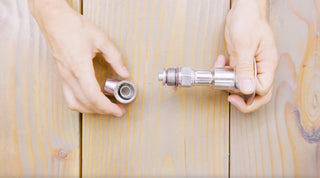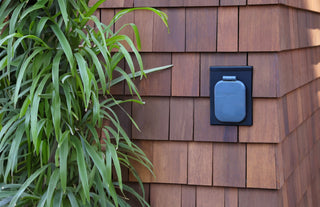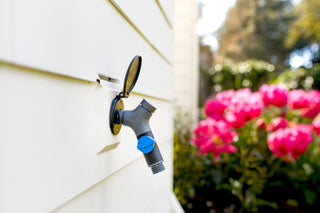How-to: Remove the Aquor Hose Connector Check Valve
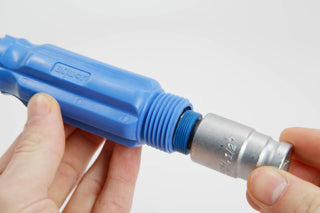
The Aquor hose connector has a one-way check valve inside. This valve provides several benefits:
- Backflow prevention. In the rare event of backflow, the check valve stops water flow from re-entering the hydrant. This prevents dirty or toxic liquids from entering the home’s clean water supply.
- Prevents sprays. The check valve helps stop water from spraying on you when disconnecting from the hydrant.
- Eliminates dripping. After draining a garden hose, there is always some residual water left. With the check valve, you won’t drip water on your garage floor anymore. Just release any built-up pressure and bring the hose indoors.
You can remove the check valve if it causes problems with your application, or for troubleshooting.
- Buzzing sound. If you have low water pressure, the spring may not compress fully. The spring’s vibration may cause a buzzing sound.
- Not fully opening. At very low water pressures (below 40 psi), the pressure may not be enough to fully open the check valve. Contact us for a lighter weight spring.
- Debris/sediment. On well systems or unfiltered water supplies with high mineral and sediment content.
- Stuck check valve. If you have connected to the hydrant but there is no water flow, the check valve may be stuck. This can occur if a garden hose is left pressurized or left outside for extended periods. Gradual expansion and contraction over time, with the water continually pushing against the valve, can cause the O-ring to become stuck in its seat.
To remove, replace, or inspect the check valve assembly, use a 1/2″ (12mm) hex bit. The check valve retainer is accessible from the rear of the connector and unscrews counter-clockwise.





*In late 2016 we released an updated check valve design, with a slightly lighter spring weight to improve performance under lower pressures and harsher conditions. The updated valves are black in color.

